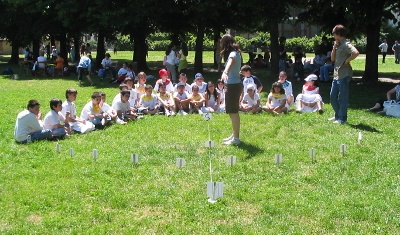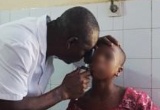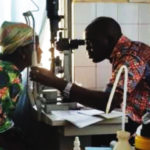IF FILTERS ARE NOT REGULARLY CLEANED, EYE IRRITATIONS MAY OCCUR: MAINTENANCE IS ESSENTIAL
 Irritations of the eyes and the respiratory tract, allergies and even legionella infections. These are the possible risks of an air conditioning system that is insufficiently maintained. “Health risks, which could also be serious, may be present inside your house, office, or car”: writes the Italian National Institute of National Health (Istituto Superiore di Sanità) in its summer 2018 newsletter.
Irritations of the eyes and the respiratory tract, allergies and even legionella infections. These are the possible risks of an air conditioning system that is insufficiently maintained. “Health risks, which could also be serious, may be present inside your house, office, or car”: writes the Italian National Institute of National Health (Istituto Superiore di Sanità) in its summer 2018 newsletter.
Among other things, Gaetano Settimo (an expert of the Health and Environment Department of the Institute) recommends cleaning the filters at least once a year:
The correct use of natural or mechanical aeration systems is very important, as well as cooling and ventilating indoor environments with a regular air exchange. These activities depend on the size of the premises, their degree of isolation from outside, the type of activities that are carried out, any overcrowding that occurs during the day, the type of cooling system installed and the level and quality of maintenance. […] Conditioners in poor maintenance can become a significant source of pollution both from a chemical and biological point of view. […] It is necessary that a technician performs the maintenance of the air conditioning systems with the cleaning of the filters, at least once a year.

As regards to the temperature, it would be better to adjust the air conditioning between 24-25° C or 26-27° C and use dehumidifiers. The use of cooling fans, however, is not recommended above 32° C by the Ministry of Health (‘Estate Sicura Campaign 2018’ and in its accompanying bulletins on heat waves in Italy).
Sources: ALLISS (Istituto Superiore di Sanità), Ministero della Salute























 Free eye examinations, followed by a donation of glasses and medicines, were performed during a mass screening for eye diseases in Togo, from 7-11 May 2018. The campaign was conducted by the nonprofit organization “FON.T.ES.-SO.T.ES.-Togo”, thanks to a project supported by the International Agency for the Prevention of Blindness-IAPB Italy.
Free eye examinations, followed by a donation of glasses and medicines, were performed during a mass screening for eye diseases in Togo, from 7-11 May 2018. The campaign was conducted by the nonprofit organization “FON.T.ES.-SO.T.ES.-Togo”, thanks to a project supported by the International Agency for the Prevention of Blindness-IAPB Italy. Not only were 407 pairs of glasses distributed, but cataracts were diagnosed in more than 100 people. So far, 20 of the 130 surgical interventions deemed necessary have been planned. Eye illnesses were diagnosed in 29 people, while a foreign body was found in the eyes of 13 other people (the object was removed during the examination). Five people were urgently operated on and visual disabilities were diagnosed to nine children.
Not only were 407 pairs of glasses distributed, but cataracts were diagnosed in more than 100 people. So far, 20 of the 130 surgical interventions deemed necessary have been planned. Eye illnesses were diagnosed in 29 people, while a foreign body was found in the eyes of 13 other people (the object was removed during the examination). Five people were urgently operated on and visual disabilities were diagnosed to nine children.







